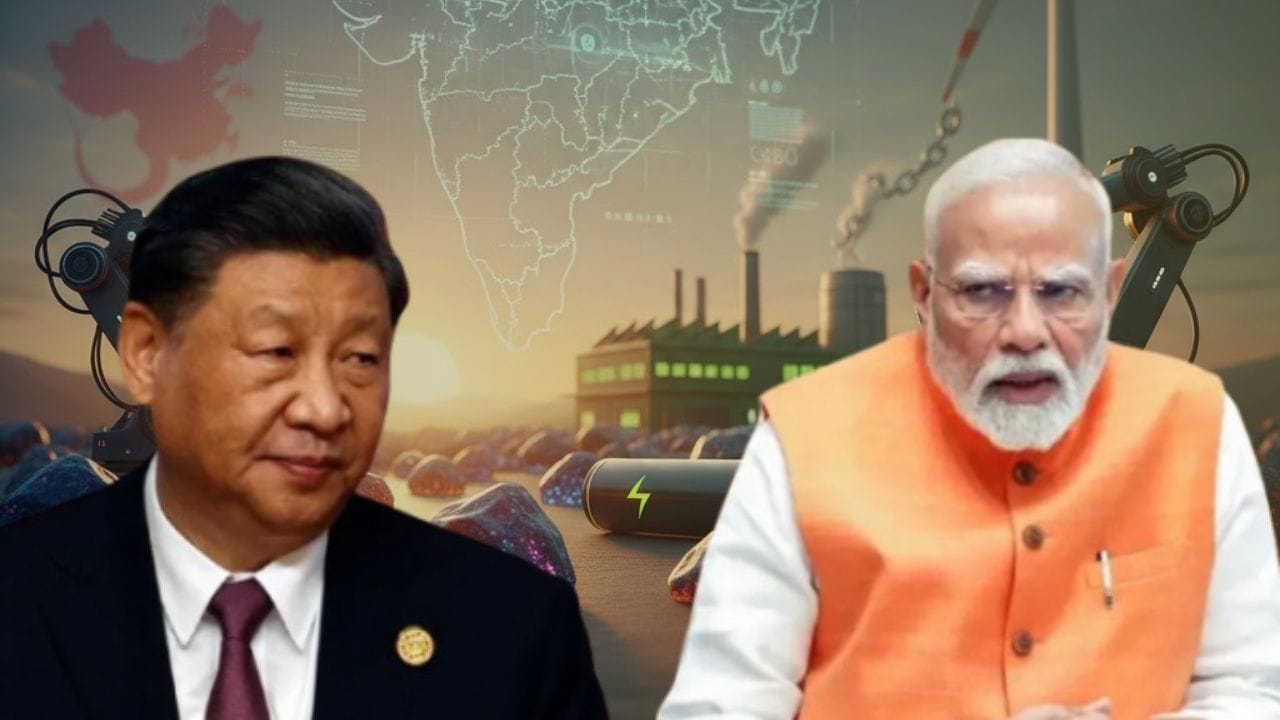China is the largest supplier of rare earth elements
‘Rare earth’ minerals are the backbone of today’s modern world. Your electric car, solar panels, even important defense equipment, all these cannot be made without them. And China has been showing its dominance over the whole world regarding these essential elements. According to the report of Economics Times, today the Union Cabinet can approve a very big decision to challenge the arbitrariness of this China.
A new incentive scheme for Rare Earth Permanent Magnets is likely to be approved in the cabinet meeting to be held today. According to the report. The government is planning to spend about ₹7,000 crore on this scheme. This amount is much more than the earlier estimated ₹ 2,500 crore. This move will help India secure supplies of critical materials required for electric vehicles (EVs), renewable energy and defense production.
This is why India took this big decision
In fact, China today produces 60 to 70% of the raw rare earths used globally and controls 90% of its processing. When China tightened controls on the export of these vital minerals in April, supply chains around the world were shaken. China has been using these minerals as a weapon amid its trade tensions with America. In July, Prime Minister Narendra Modi had also made it clear that critical minerals should not be ‘weaponised’ and stressed on making the supply chain stable and diversified.
India also imports a major part of its needs from China. According to government data, India imported 2,270 tonnes of rare earth metals and compounds in 2023-24, which is about 17% more than a year ago. Of this, more than 65% was supplied from China. Therefore, it was difficult to achieve the goal of self-reliance with a small scheme of only ₹2500 crore. India needed a big investment to develop its supply chain, and this ₹7000 crore plan is a big step in this direction.
India faces some big challenges
However, India faces some big challenges in this area. The environmental risks associated with rare earth mining are a complex issue. Also, commercial production has not yet been possible without state support due to inadequate funding, lack of technical expertise and long running times of the projects. However, the government is not sitting idle. According to the report, many global suppliers are showing interest in meeting India’s annual demand of about 2,000 tonnes of oxide.
Apart from this, the government is also preparing for the future. The Indian government is also funding studies on synchronous reluctance motors. After the development of these motors, India’s dependence on rare earth minerals can be reduced to a great extent.
